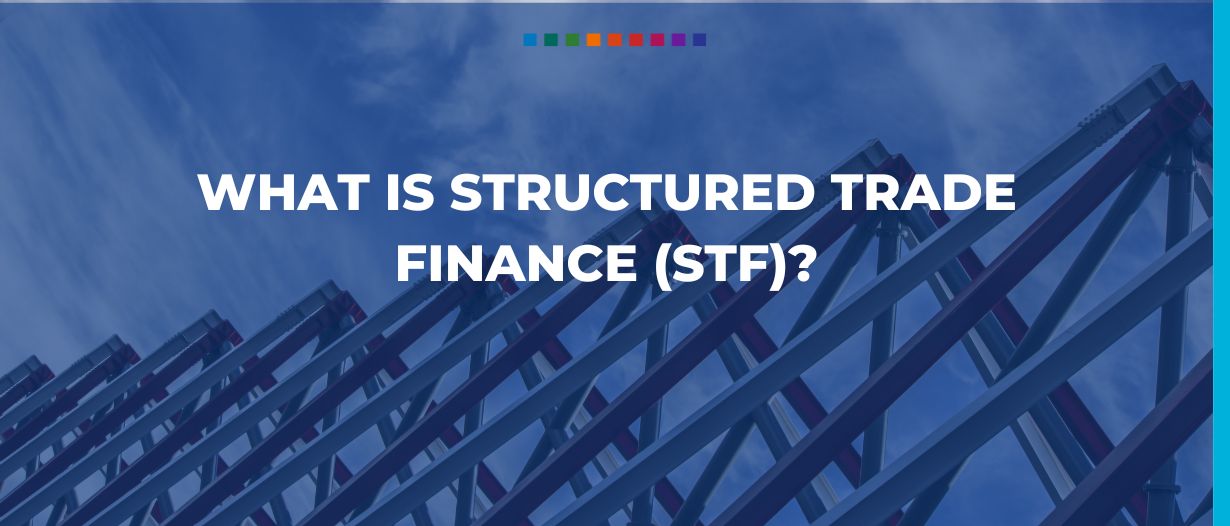Structured trade finance is a specialized type of financing that caters to the unique and complex financial requirements of large corporations. Unlike traditional financial products such as mortgages or overdrafts, structured trade finance is designed specifically for high-value cross-border trade transactions. It offers a wide range of financial products and services to meet the complex financing needs of large organizations.
What is Structured Trade Finance?
Structured trade finance is a type of finance that goes beyond the limitations of traditional financial instruments. It is typically utilized by large corporations with highly specified financing requirements that cannot be met by standard loans or other conventional financial products. This type of financing is particularly suitable when the standard loans are insufficient to cover the funding needs of an organization.
Structured trade finance covers a broad spectrum of financial products and services. It is often utilized in relation to cross-border trade transactions that involve substantial amounts of money. These transactions require tailored financing solutions to manage risks, facilitate business expansion, and develop financial markets.
Significance and Benefits of Structured Finance
Structured trade finance plays a crucial role in meeting the financing needs of large corporations. Traditional lenders often do not offer structured finance products due to the substantial capital injection required by these corporations. Borrowers with lesser financing requirements may have access to other financial instruments such as letters of credit or other lending solutions.
One significant benefit of structured finance is that it provides a major capital injection into an organization. However, these financial products are non-transferable, meaning they cannot be exchanged between different types of debts in the same way as a standard loan. This ensures that the funds are dedicated to the specific financing requirements of the organization.
Structured trade finance is widely used by corporations, governments, and financial intermediaries to manage risks, expand their business reach, and develop financial markets. It allows them to access the necessary funds to support their operations, investments, and international trade activities.

Examples of Structured Finance Products
When a conventional loan is insufficient to cover the complex funding requirements of a corporation, various structured finance products come into play. These products offer tailored solutions to meet the specific needs of the organization.
- Collateralized Bond Obligations (CBOs): CBOs are financial instruments backed by a pool of bonds. They allow investors to gain exposure to a diversified portfolio of fixed-income securities.
- Collateralized Debt Obligations (CDOs): CDOs are complex structured finance products backed by a pool of loans and other assets. They are typically divided into different tranches, offering varying levels of risk and return.
- Synthetic Financial Instruments: Synthetic financial instruments are created through the combination of various financial assets. They offer exposure to specific markets or investment strategies.
- Collateralized Mortgage Obligations (CMOs): CMOs are mortgage-backed securities that bundle a group of mortgages together and sell them as an investment. They offer investors exposure to a diversified pool of mortgage assets.
- Hybrid Securities: Hybrid securities combine both debt and equity characteristics. They offer investors a mix of fixed income payments and potential equity participation.
- Credit Default Swaps (CDSs): CDSs are derivative contracts that provide protection against the default of a specific debt instrument. They allow investors to hedge against credit risk.
Securitization is another important aspect of structured trade finance. It involves the process of bundling a group of financial assets, such as mortgages or loans, and selling them to investors. This promotes liquidity by enabling borrowers to convert assets into a form that can be easily bought and sold on the financial markets.
Mortgage-backed securities (MBS) are a common example of securitization. They allow mortgages to be grouped into a large pool, which can then be divided into parts and sold to investors. This allows for greater liquidity and risk diversification.
Different Types of Structured Financing
Structured trade finance encompasses various instruments and techniques to meet the financing needs of corporations. Here are some of the most common types of structured financing:
1. Asset-Backed Securities
Asset-backed securities are financial investments that are collateralized by an underlying group of assets. These assets typically generate cash flows from debt, such as loans. By securitizing these assets, corporations can raise funds by selling the securities to investors.
2. Mortgage-Backed Securities
Mortgage-backed securities are a type of asset-backed security that is secured by a collection of mortgage assets. These securities are bought by issuing banks, who then sell them to investors. There are two main types of mortgage-backed securities: residential mortgage-backed securities and commercial mortgage-backed securities.
3. Collateralized Mortgage Obligations (CMOs)
Collateralized mortgage obligations are a specific type of mortgage-backed instrument. They consist of a group of mortgages bundled together and sold as an investment. CMOs provide investors with exposure to a diversified pool of mortgage assets.

4. Collateralized Debt Obligations
Collateralized debt obligations are complex structured finance products backed by a pool of loans and other assets. These products are divided into different tranches, each offering a different level of risk and return. Investors can choose the tranche that suits their risk appetite and investment objectives.
5. Collateralized Fund Obligation
Collateralized fund obligations are financial instruments that protect the assets associated with hedge funds and private equity funds. They provide a way for investors to gain exposure to these alternative investment vehicles while managing the associated risks.
6. Insurance-Linked Securities
Insurance-linked securities transfer the risks associated with losses in the insurance industry due to unfavorable events. These securities allow insurers to mitigate their risk exposure by transferring it to investors. Examples of insurance-linked securities include catastrophe bonds and mortality bonds.
In conclusion, structured trade finance is a specialized form of financing that caters to the unique financial needs of large corporations. It offers a wide range of financial products and services to facilitate cross-border trade transactions and address the complex financing requirements of these organizations. By utilizing structured finance products, corporations can manage risks, expand their business reach, and develop financial markets.

